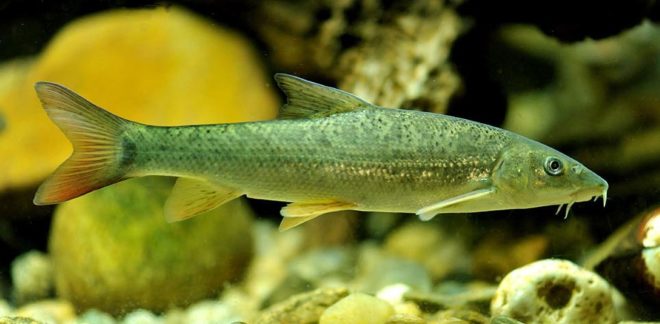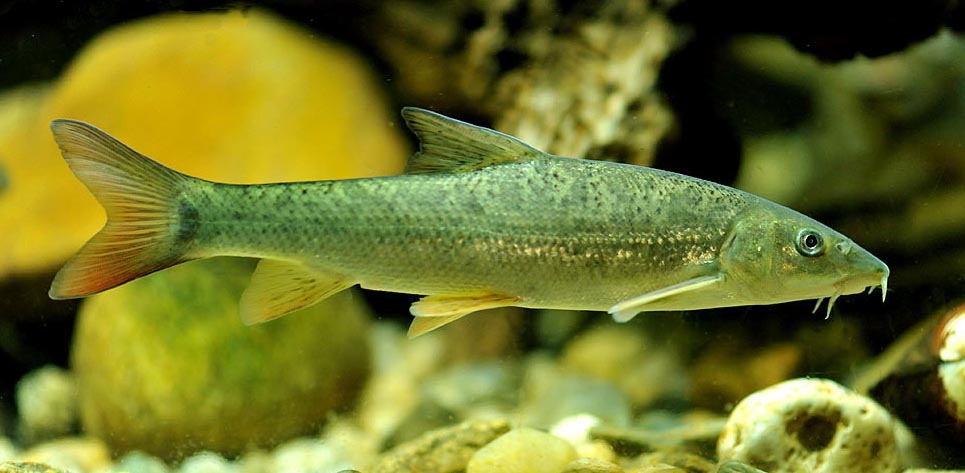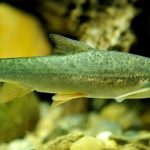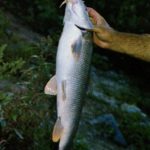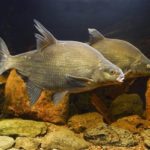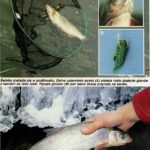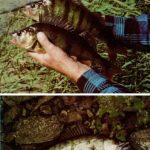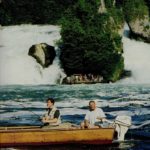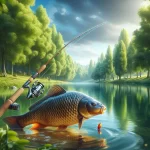Początkującym adeptom sztuki wędkarskiej zalecamy wypracowanie niezbędnych nawyków od początku – od połowu pospolitych ryb białych. W ten sposób mają namacalne świadectwo czynionych postępów — w postaci złowionych ryb, które jednocześnie zachęcają do dalszych starań. Ci jednak, którzy byliby gotowi zrzec się natychmiastowej zdobyczy mają okazję przeskoczyć etap wstępny i spróbować swych sił na wyższym stopniu edukacji — podczas połowu brzany. Brzanę można ponadto polecić wszystkim tym, którzy chcą udoskonalić szybkość reagowania na branie i technikę pokonywania ryby.
Mistrzostwa, z jakim brzana bezkarnie ściąga z haczyka nawet tę najstaranniej nałożoną dżdżownicę czy turkucia nie można wiązać tylko z budową jej twardej paszczy otoczonej mięsistymi wargami, musi to polegać na czymś innym, na czym – jeszcze nie wiemy. Jedno jest pewne – kto naprawdę posiądzie umiejętność łowienia brzan, ten pozostałe ryby może łowić „lewą ręką”.
Wypada zatem tylko żałować, że obecnie warunki w większości płynących wód nie sprzyjają brzanie, a jej kiedyś suwerenna pozycja w licznych wodach dziś należy do przeszłości. Wyjątkowa wrażliwość brzany na chemiczne zanieczyszczenia wypływa z jej zwyczajów życiowych – jest zdecydowanie reofilna i zasadniczo przebywa przy dnie, co związane jest także ze sposobem przyjmowania pokarmu.
Oewentualnej adaptacji brzany w innych typach wód właściwie nie ma co marzyć.
Cechy brzany i jej podstawowe wymagania można wiązać z tym, że dała nazwę urozmaiconym, niosącym dużo wody odcinkom rzek na pograniczu stref podgórskiej i nizinnej (kraina brzany). W tym wyrażają się także wymagania brzany wobec jakości podłoża (powinno być twarde). Stosunkowo duże ma również wymagania tlenowe. Zdarzają się niekiedy przypadki, że brzana zatrzymuje się nawet w zanieczyszczonych miejscach – np. przy ujściach przewodów sieci kanalizacyjnej, na odcinkach wirowych, gdzie osadzają się nieczystości itp. Jednak odcinki te wyszukuje tylko doraźnie, licząc na bogatszą ofertę pokarmową.
Trudno mówić o stałych stanowiskach brzany, bowiem jest wyjątkowo ruchliwa i niezmordowanie wędruje przez większą część roku. Na jednym miejscu – jako stanowisku – dłużej zatrzymuje się tylko w zimie, kiedy popada w rodzaj odrętwienia i nie przyjmuje pokarmu. Ledwie tylko przebudzą ją pierwsze wiosenne burze, rozpoczyna koczownicze przenoszenie się z miejsca na miejsce: raz dlatego, że szuka odpowiedniego tarliska, kiedy indziej gna ją niedostatek pokarmu, w innym znów wypadku skłaniają ją do tego wahania poziomu wody. Niekiedy w ciągu dnia przemierza nawet 8-10 km. W przerwach zatrzymuje się na jakiś czas na najbardziej typowych stanowiskach. W pewnych okresach z niektórych odcinków zupełnie znika, po kilku dniach znów nie złowimy tam innej ryby niż brzana. Brzana jest aktywna tylko o zmroku (czasem też w nocy); w ciągu dnia niechętnie się pokazuje (chyba że w mętnej wodzie).
Tarło odbywa w maju — czerwcu, jej ikra (a więc i mięso samicy w okresie tarła) uważana jest za trującą. Wagę 1 kg osiąga stosunkowo późno, bo dopiero w 8.-10. roku, 1,5-2 kg w 15. roku, zatem okazy 4-5 kilogramowe (a zdarzają się i ważące 10-12 kg) muszą być dość „wiekowe”.
Na pytanie o optymalny sezon łowny odpowiemy wykorzystując doświadczenia polskich wędkarzy. Zestawienie obejmuje dane o połowach 200 sztuk.
| Miesiąc
% złowionych ryb |
II
0,3 |
III
3,4 |
IV
11,8 |
V
5,0 |
VI
10,5 |
VII
16,5 |
VIII
24,5 |
IX
18,5 |
X
7,5 |
XI
2,0 |
XII
2,0 |
Rozważana, dość duża, ilość złowionych ryb, pozwala podać w wątpliwość tradycyjny pogląd, że brzana zimą śpi. Brak własnych doświadczeń nie pozwala mi dyskutować z podanymi faktami, zostawmy zatem ten problem otwarty. Karpia można łowić na początku zimy, podobnie może być z brzaną w jesieni, jednak początek wiosny wydaje się przedwczesny. Najwięcej brzan łowi się w sierpniu (1/4 całorocznych połowów) i w ogóle w najcieplejszych miesiącach (60% połowów w lipcu – wrześniu).
Przegląd skuteczności ważniejszych przynęt według wyników z Polski, RFN i NRD (104 sztuki):
| Przynęta | Dżdżownica | Larwy | Ser | Ziarna | Żywiec,
błystka |
Inne
zwierzęce |
Inne |
| % złowionych ryb | 45,3 | 14,4 | 8,6 | 11,5 | 9,6 | 8,6 | 2,0 |
| Ø kg/szt. | 3,3 | 3,5 | 3,3 | 3,6 | 3,2 | 3,2 | 3,5 |
Za najskuteczniejszą przynętę trzeba zdecydowanie uznać dżdżownicę, a jej 45 % udział w połowach jest główną zasługą wędkarzy niemieckich (w Niemczech sprawdza się jeszcze bardziej – 51%). Na drugim miejscu są larwy owadów wodnych i lądowych. Także ich 14% efektywność jest związana ze znakomitą 21 % skutecznością połowów w wodach niemieckich. O możliwości przywyknięcia mięsożernej brzany do pokarmu roślinnego (oczywiście, szczególnie po wcześniejszym zanęcaniu) świadczą przede wszystkim doświadczenia polskich wędkarzy (14% skuteczności). Mały udział powszechnie uważanego za specjał do połowu brzan sera, z zaledwie 8,6% średnią skutecznością (w Polsce 10%, w wodach niemieckich 7,5%), jest na pewno nieprzyjemnym zaskoczeniem. Może większą skuteczność tej przynęty w Polsce można by tłumaczyć tym, że Polacy stosują żółte gatunki sera?
